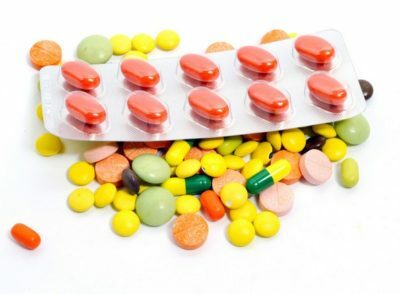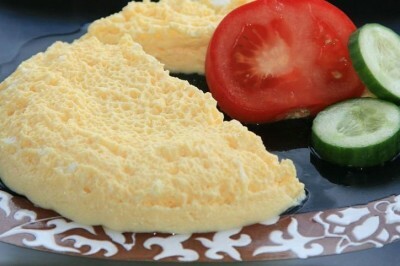1 Causes of the disease
In the intestine motor motor function and its functions are impaired. As a result:
- soreness;
- feces stagnation;
- constipation, feces withdrawal with difficulty with concomitant hemorrhoids;
- departure from blood particles.

We recommend that you familiarize yourself with the
- Diet in colitis of the intestine
- What is enteritis
- Symptoms of ulcerative colitis
- Effective remedy for gastritis and stomach ulcer
The causes of the ailment are extensive. Inflammation in the mucosa develops on the background:
- frequent stress;
- dysbiosis;
- vitamin deficiency;
- power failure;
- proliferation of polyps;
- Allergies;
- appearance of helminthic invasion in the intestine;
- hormonal failure, menstrual irregularities in women;
- of obstruction in the intestine;
- injuries to the peritoneum after the operation;
- prolonged intake of antibiotics, laxatives;
- in the intestines of pathogenic microorganisms.
All of these factors lead to severe spasms in the intestine. Patients are persecuted by constant discomfort, alternating diarrhea with constipation. The quality of life deteriorates. The occurrence of spasms in any part of the intestine leads to strong cuts, twisting of the abdomen, involuntary convulsions.
The cause of colitis of the intestines can become diseases of the gastrointestinal tract:
- dysbacteriosis;
- enteritis;
- pancreatitis;
- gastritis;
- congenital anomalies.
Each of the pathologies irritatively affects the walls of the intestine, unable to cope with its functions, feeding insufficiently digested food. The formation of colitis can be preceded by dysentery, salmonellosis, any other acute infection, excessive and prolonged use of alcohol, a sedentary lifestyle, leading to stagnant phenomena in the intestine and a malfunction of its natural functioning.
2 Symptoms of the disease
Syndrome of irritation of the walls of the colon leads to the appearance of different symptoms in the patient:
-
 IMPORTANT TO KNOW! Gastritis? Ulcer? To have a stomach ulcer not turned into cancer, drink a glass. ..Read the article & gt; & gt;
IMPORTANT TO KNOW! Gastritis? Ulcer? To have a stomach ulcer not turned into cancer, drink a glass. ..Read the article & gt; & gt;
- flatulence, enhanced gas generation;
- dizziness;
- severe fatigue during the day;
- staged defecation( the intestine is not emptied completely at one time);
- dense, dry feces with an abundant amount of mucus;
- subfebrile temperature increase;
- to the galloping arterial pressure;
- leaving the chair with blood and foam;
- bloating;
- nausea, lack of appetite;
- to the sheep stool with slime, slices of undigested food, with blood;
- rumbling in the abdomen, weakness;
- pain, especially after eating, subsiding after going to the toilet, that is, after bowel movement.
With spastic colitis, the symptoms are basic - painful abdominal cramps, usually in the mornings after eating. Constipation is often replaced by diarrhea, prolonged diarrhea with the departure of a mushy stool. The walls of the colon are hyperemic, edematic. When palpating the stomach, spastic constrictions are felt in the form of painful areas. In places of passage of the large intestine, the walls may contract or remain in tone. Developing colitis, symptoms and treatment should be aimed at relieving nervous tension, tonus in the walls of the colon, acceleration and restoration of its motor function, improving digestion.
-
 Gastroenterologist. IMPORTANT: "I beg you, if you began to worry about abdominal pain, heartburn, nausea, do not in any way do gases. .."Read more & gt; & gt;
Gastroenterologist. IMPORTANT: "I beg you, if you began to worry about abdominal pain, heartburn, nausea, do not in any way do gases. .."Read more & gt; & gt;

3 Diagnosis performed
Clinically, the disease is expressed as an intestinal disorder. In the stomach, rumbles, bubbles. Spasms are often seen in the iliac region to the left of the abdomen. The chair is pathological, long constipations are replaced by a formless liquid and lean chair. The areas of the colon are spastic, painful on palpation. The mucosa of the irritated intestine is pale, hyperemic, covered with thin small vessels.
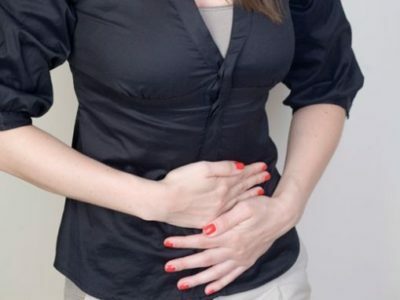
Treatment of spastic colitis at the initial stage is successful, and patients completely recover.
If patients do not pay attention to the first signs of anxiety and do not consult a doctor at an early stage, trying to get rid of trouble on their own, then chronic spastic colitis develops, intestinal disorders become permanent after any error in eating, wrong lifestyle. The periods of remission are replaced by exacerbations, unpleasant symptoms appear from time to time, the quality of life of the diseased is markedly reduced.
To identify the disease and clarify the diagnosis - spastic colitis, colonoscopy, fibroscopy is performed. The sign of inflammation, the degree of dystrophy in the colon is determined. The endoscope shows the degree of puffiness, hyperemia of the walls with mucous coating. When the disease is exacerbated, the transition to the chronic stage becomes friable, easily vulnerable, and erosive. Perhaps the purpose of differential diagnosis, if necessary, clarify the form of colitis: latent, ulcerative or spastic.
ADVICE FROM THE MAIN GASTROENTEROLOGIST
Korotov SV: "I can recommend only one remedy for the rapid treatment of Ulcer and Gastritis, which is now recommended by the Ministry of Health. .." Read testimonials & gt; & gt;
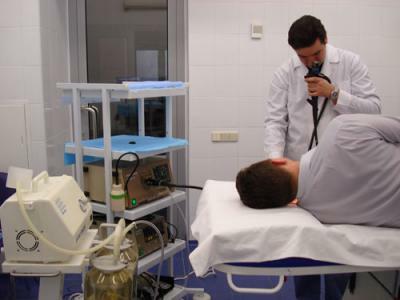
4 How is colitis manifested in children
Children with spastic colitis suffer in most cases as a result of development of dysbacteriosis, helminthic invasion, other infections in the body, improper intake of food. All these factors provocateurs, irritatingly affect the mucosa of the digestive tract, cause inflammation and spasms in the intestine.
Symptoms in children are the same as in adults: constipation, abdominal pain, colic, spasms. Small patients are examined by a gastroenterologist. Treatment is appointed after differential diagnosis. It is necessary to eliminate errors in food. At observance of all prescriptions of the doctor the child quickly goes on the amendment, troubles soon pass, the chair is normalized.
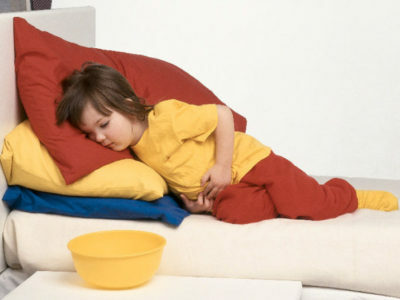
5 Drug Therapy
After eliminating the causes that lead to the ailment, the unpleasant symptoms will soon pass, and the patient's condition will be normalized, therefore, the treatment of spastic colitis is to perform drug therapy, the appointment of a diet.
You can not do without medication if inflammation occurs in the intestine. Patients are assigned non-steroidal, antibacterial, anti-inflammatory drugs: baralgin, ketarol, ibuprofen, analgin, metamizole sodium. Tablets should be used strictly in doses prescribed by the doctor, otherwise the symptoms can only increase in the stomach and in the mucosa.
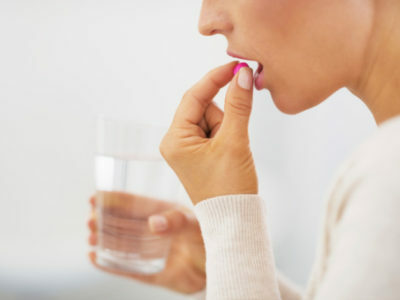
As antibiotics for colitis, cefazolinum, ceftriaxone is prescribed. The intestinal microflora is broken, and taking antibiotics only adds to negativity. Along with drugs that remove inflammation, you need to take bifidobacteria to restore and maintain the intestinal microflora.
For relief of pain, antispasmodics are prescribed: papaverine, drotaverin, no-spa, platyphylline. To reduce inflammation of the irritated bowel - enveloping agents. With long-term diarrhea, to replenish the water balance in the body - saline, chloss, acesoli. With a strong dehydration of the body, you need to drink more liquid.
If you suffer from constipation, enzymatic preparations are prescribed: festal, digestal. If diarrhea is a creon, mesize with bloating. Systematically, you need to take activated charcoal, enterosgel.
Inflammation of the colon from time to time worsens in chronic colitis. The colitis is treated in the same way as in the acute form, taking into account all the factors that led to the exacerbation. Symptoms of chronic colitis are less pronounced. Pain and diarrhea do not worry much, so it's time to heal, to eliminate the causes that provoke the ailment. The main one is the wrong food. A diet is needed that can correct the state of the vegetative and vascular system, digestive organs, normalize the microflora in the intestine.
Irritable bowel syndrome is difficult to treat in children because of the difficulties of administering drugs parenterally. The immune system is imperfect and medications can have side effects. Pediatricians in the treatment of colitis prescribe oral solutions to children in sparing doses, not allowing simultaneous administration of drugs in large quantities. Preference is given to herbal medicines. Successful in the treatment of combined yoghurts for the restoration of flora in the intestine, bifidolactoforms for the colonization of living bacteria in the flora of the intestine, abomin with rennet enzyme, if necessary, reduce acidity. To get rid of beriberi and dysbiosis - preparations for the assimilation of food, improve digestion.
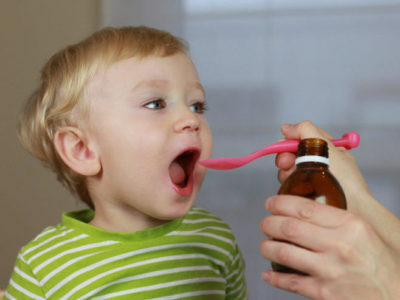
6 Recommended diet
It is extremely important to observe a diet for spastic colitis. With diarrhea, the use of vegetable, fruit jelly, mousse, puree, lean meat, boiled or baked fish, whole grain bread is recommended.
With constipation, you need to eat more vegetables and fruits in raw form, baked, boiled beets, dried fruits, dried apricots, figs, prunes, bran to improve the work of the intestines, steamed with boiling water. Oily, spicy, salty foods should be avoided, this only increases irritation of the mucosa. To eat it is necessary fractional portions for indulgence of a diarrhea, stabilization of the general status and improvement of state of health.
7 Traditional medicine recipes
Gastroenterologists recommend treating gastrointestinal diseases, in particular irritable bowel syndrome with medicinal herbs. For relief, elimination of unpleasant irritated bowel symptoms:
- anise( 1 tsp) pour boiling water with steep( 1 glass), let it brew, drink a little throughout the day;
- drink in the morning on an empty stomach juice of raw potatoes;
- chamomile flowers( 1 tsp) pour boiling water( 1 cup), soak 15 minutes in a water bath( drink a broth in hot form for a quarter cup 3-4 times a day);
- peppermint brewed with boiling water, soaked in a water bath for 10-15 minutes, cool, strain, drink instead of tea;
- marigold flowers boil with boiling water, after soaking in a water bath, take on an empty stomach for a quarter cup 3 times a day.
When spastic colitis worries, treatment will be more effective in combining anti-spasmolytic drugs( with spasms) with medicinal herbs. To optimize the operation of the colon, procedures should be carried out in a complex. Diet and a healthy lifestyle will only help to eliminate the causes that led to spasms in the intestines.
- 1 Causes of the disease
- 2 Causes of the disease
- 3 Symptoms of the disease
- 3 Diagnosis of
- 4 How is colitis manifested in children
- 5 Drug therapy
- 6 Recommended diet
- 7 Traditional medicine recipes
Functional disorder of the colon, an inflammatory process that takes place in the intestinal mucosa, is called spastic colitis or irritable bowel syndrome.
The disease does not belong to a number of severe, does not lead to dystrophic changes inside the large intestine. Mainly proceeds in chronic form in the form of spasms( quite painful cuts of the irritated intestine) against the background of overwork, stress, fears, hormonal imbalance. The disease is more common in women due to fluctuations in the hormonal background during critical days, during pregnancy, childbirth. Men with digestive disorders suffer after the age of 40.Children - with colic in infancy, also with helminthic invasions, dysbiosis, improper diet.
Do you have gastritis?
GALINA SAVINA: "How easy is it to cure gastritis at home for 1 month. A proven method - write down a recipe. ..!"Read more & gt; & gt;
Most adults have chronic spastic colitis, that is, they have suffered from an intestinal disorder as a child.

